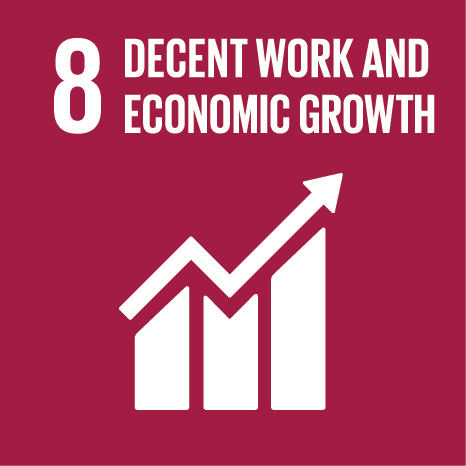The multidimensionality of retirement in an effervescent world: retirement transition profiles
Event Title
XI Congresso Português de Sociologia
Year (definitive publication)
2021
Language
English
Country
Portugal
More Information
Web of Science®
This publication is not indexed in Web of Science®
Scopus
This publication is not indexed in Scopus
Google Scholar
This publication is not indexed in Overton
Abstract
Aging populations pose a persistent challenge to the sustainability of public pension systems, leading many countries to strength the incentives to work by increasing the statutory retirement age and reducing early retirement benefits. These policy reforms make retirement a topic of utmost importance for individuals, organizations, and societies. Retirement can be conceptualized as a decision-making process that occurs over time and that involves several reflections and decisions about when and how people will enroll in retirement (Beehr, 1986; Moen, 2012). In the transition to retirement, individual (e.g., age, gender, education) and situational (e.g., eligibility, family commitments, organizational policies) factors interact in a dynamic away, and their relevance is different from person to person (Fisher, Chaffee, & Sonnega, 2016). Thus, research on retirement has demonstrated the multidimensionality and complexity of this process. Despite the important advances in understanding the antecedents of retirement, studies are often based on questionnaires, a methodology that does not capture the quality and diversity of individual experiences. Thus, it is important to combine distinct methods to investigate the multidimensional nature of retirement
This study examines the interdependence of individual and work-related factors in the definition of retirement transition profiles. Moreover, the association between these profiles and retirement timing (i.e., early, on-time, and later retirement) was also analysed. Semi-structured interviews were conducted with older workers (55 years old or over) and retirees who were retired for fewer than five years. Data analysis combines qualitative (i.e., content analysis) and quantitative (i.e., Multiple Correspondence Analysis and Cluster Analysis) methods.
The findings revealed three profiles that represent different associations among the individual and work categories that characterize the retirement transition. The first profile also stated as push factors, was characterized by predominance of negative aspects at both individual and work level that induce workers to retire (e.g., negative relationships at work, high negative experiences at work, poor health). The second profile, called push and pull factors, was characterized by negative aspects that push people to retirement (e.g., negative experiences at work, job dissatisfaction) and positive factors that attract workers toward retirement (e.g., having dependents, retired spouse or partner). The third profile, known by stay factors, was characterized by factors that make employment seem more attractive than retirement (e.g., high positive experiences at work, spouse/partner not being retired). These results suggest that mixed approaches are especially important for acknowledging the inter-individual variability in the transition to retirement.
Acknowledgements
--
Keywords
retirement,retirement profiles,cluster analysis,multiple correspondence analysis
Fields of Science and Technology Classification
- Psychology - Social Sciences
- Economics and Business - Social Sciences
Funding Records
| Funding Reference | Funding Entity |
|---|---|
| SFRH/BD/115007/2016 | Fundação para a Ciência e a Tecnologia |
Contributions to the Sustainable Development Goals of the United Nations
With the objective to increase the research activity directed towards the achievement of the United Nations 2030 Sustainable Development Goals, the possibility of associating scientific publications with the Sustainable Development Goals is now available in Ciência_Iscte. These are the Sustainable Development Goals identified by the author(s) for this publication. For more detailed information on the Sustainable Development Goals, click here.

 Português
Português


